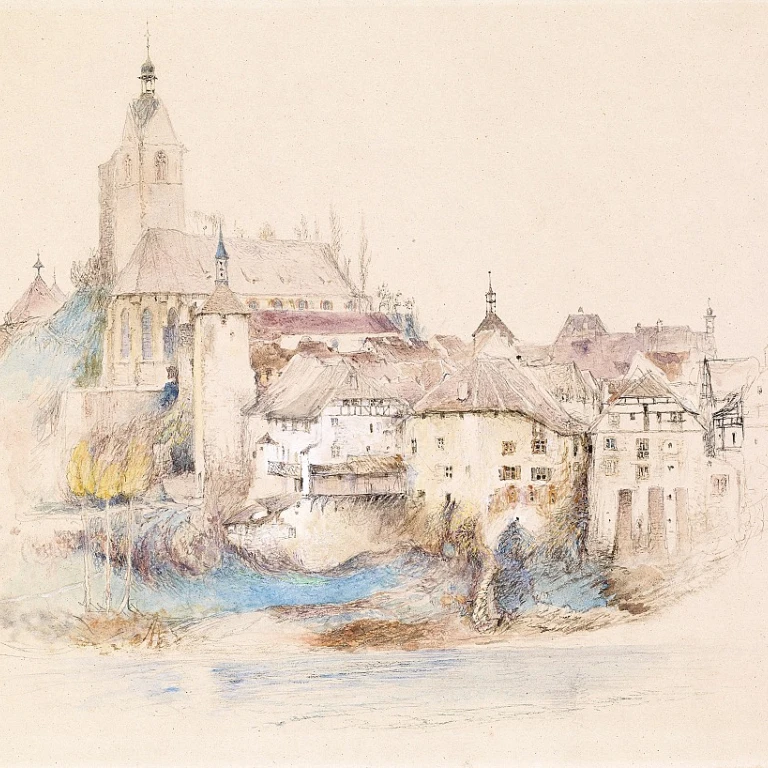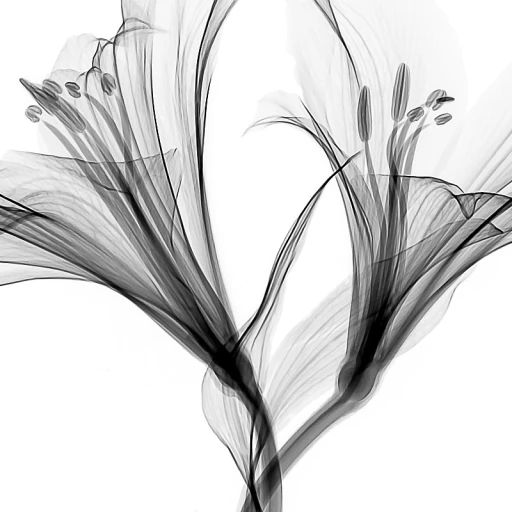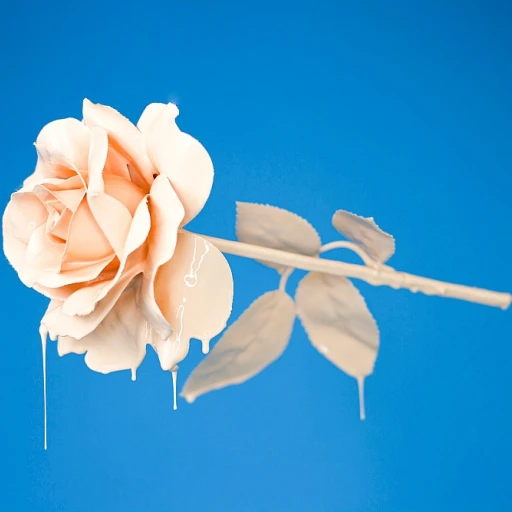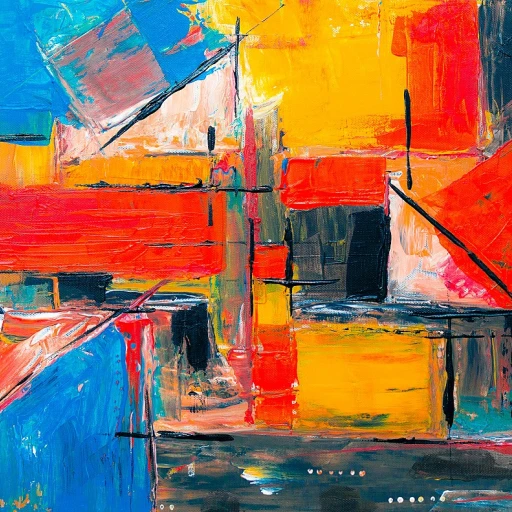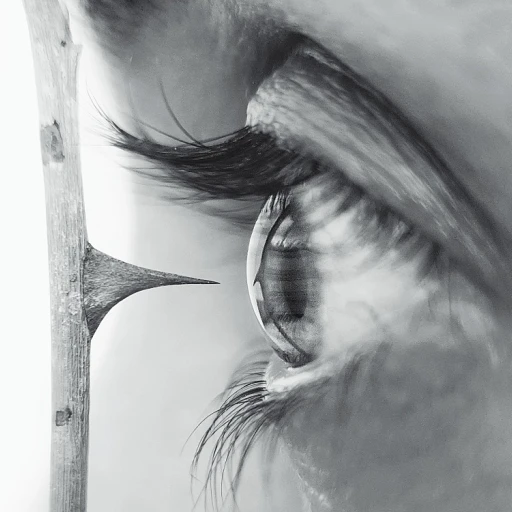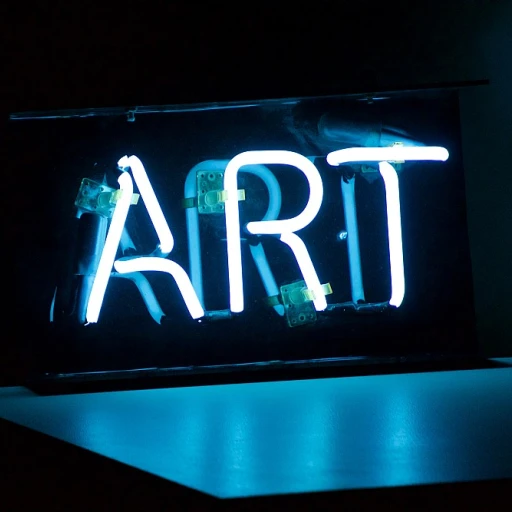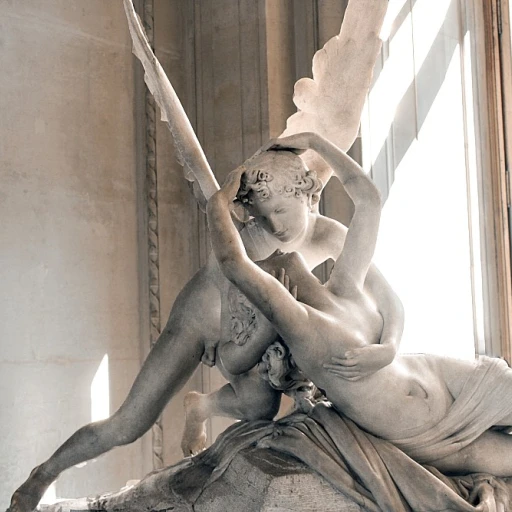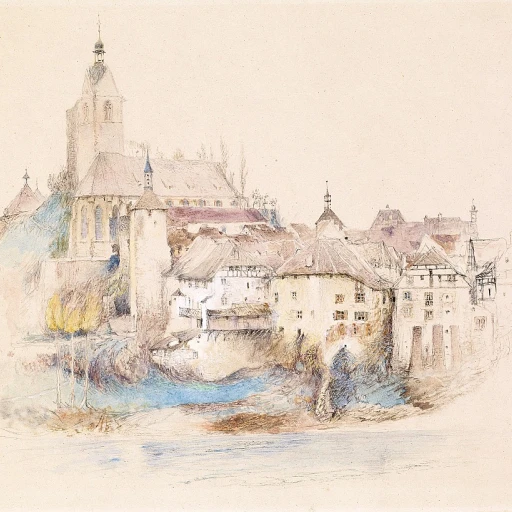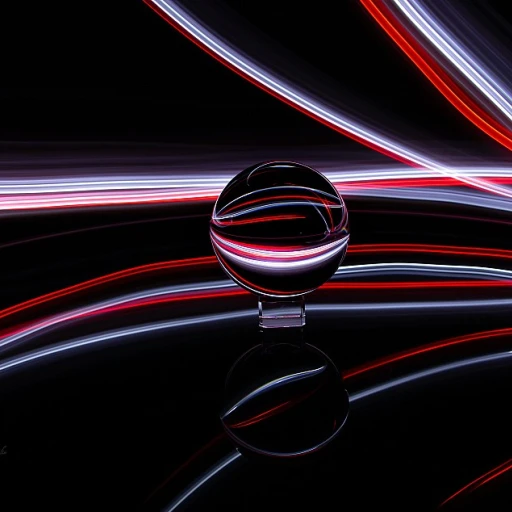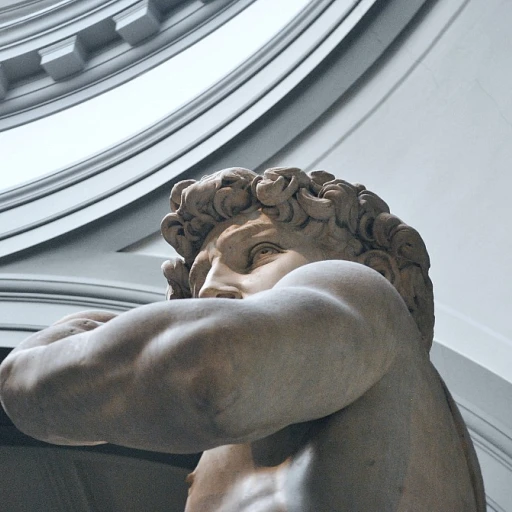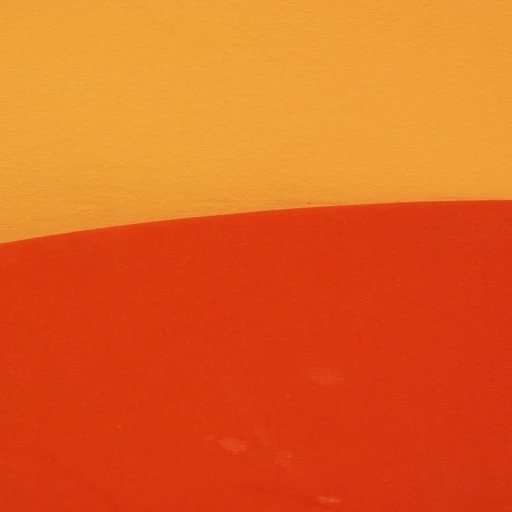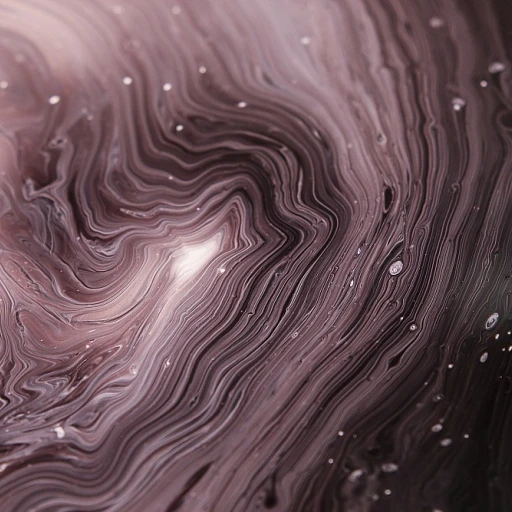-teaser.webp)
The Timeless Charm of Cyanotype Art
Embracing the Timelessness of Cyanotype Art
In the art world, where trends rise and fall at a rapid pace, the captivating nature of cyanotype art remains remarkably stable. Known for its distinctive blue and white imagery, the cyanotype process is an exquisite photographic technique that produces beautiful prints boasting rich prussian blue tones. This classical method, dating back to the 19th century, opens a window into the deep allure of early photographic processes. At the heart of every cyanotype lies a combination of two chemicals: ferric ammonium citrate and potassium ferricyanide. This unique mixture, when exposed to light, develops into pristine blue and white images on paper. Artists utilize various methods, such as layering objects like the iconic cyanotype fern onto treated surfaces, to create stunning sun prints, capturing the subtle interplay of light and shadow. The cyanotype’s allure is further amplified by the radial patterns and intricate details that emerge through the cyanotype print technique. Essentially, it exemplifies a union between art and science—an intersectional artistry that's both aesthetic and methodical. As such, the cyanotype has maintained its place as a cherished medium among luxury art enthusiasts who appreciate the union of historical processes with modern artistic expressions. For those intrigued by the cyanotype's enduring charm and seeking to explore more about art prints, visiting resources such as exploring the allure of premium art prints offers additional insights into how this method continues to influence luxury prints today.The Intricate Process Behind Cyanotype Creations
Delicate Alchemy of Sunlit Contrast
The art of cyanotype is as much an embrace of scientific curiosity as it is a celebration of nature's gifts. Through a delicate alchemy of sunlit contrast, the cyanotype process opens a window into a world where ephemeral blues and whites bloom under solar exposure. At its core, this photographic method relies on the unique interaction between photosensitive chemicals—ferric ammonium citrate and potassium ferricyanide—giving birth to the hypnotic tones that define cyanotypes.
From Negatives to Prussian Blue Wonders
Unlike traditional photographic processes, creating a cyanotype print begins with coating high-quality paper with the sensitizing solution. This meticulous preparation is where the process meets art. Once dried, the paper awaits contact with a negative or an object—be it photography, leaves, or other materials—before exposure to sunlight. Here, the sun's light acts as both muse and mechanism, the shadows it casts blending with solution-soaked pages.
Capturing the Sun's Silhouette
Under the nurturing embrace of sunlight, usually between ten minutes to several hours depending on the intended effect, cyanotypes capture the sun's silhouette. This 'sun print', as it is often affectionately termed, transforms negative space into rich Prussian blue evocations, with white accents where the light could not touch. The final development bath washes away unexposed chemicals, revealing the image that will last through time.
Interpreting Nature's Palette
Esteemed artists, echoing the work of early luminaries like Anna Atkins in her collection of British Algae, continue to explore this process for its tactile and versatile nature. The simplicity lies not only in the process but also in its inherent sustainability and minimalistic allure, attributes luxury art collectors highly seek. For those interested in curating their own sun-captured masterpieces, discovering the methods and inspirations of grounded artists is crucial, and one might even find locating elite art collectors beneficial in the journey.
Cyanotype Art as a Luxury Investment
Luxury Status in the World of Cyanotype Art
The world of luxury art has quietly embraced the unique allure of cyanotype, an old photographic process revered for its characteristic prussian blue hues. As the luxury art market continues to evolve, the time-honored appeal of cyanotype has opened a window into a niche investment opportunity for discerning collectors.
With the cyanotype process, artistry collides with chemistry—ferric ammonium citrate and potassium ferricyanide react with UV light to create magical cyanotypes that capture the brilliance of light and shadow. This interaction of chemicals and sunlight not only results in visually striking prints but also reflects the patience and precision that go into creating each piece.
As a potential luxury investment, cyanotype art embodies an enduring value. The process demands meticulous skill, with each sun print being an original piece of work, ensuring exclusivity. This is particularly true for noteworthy cyanotype artists who have mastered the technique, bringing a striking blend of innovation and historical artistry to life.
Collectors who seek the rich imagery produced by cyanotype photography are not merely acquiring art, they are partaking in an artistic legacy. Much like the pioneering spirit seen in early botanical sun prints, today's investors in this medium are often drawn to works that encapsulate the timeless synergy of natural elements like light and paper.
Choosing to invest in cyanotype art means recognizing the prowess of each print's creator while embracing a unique blend of tradition and contemporary craftsmanship. The allure of such intricate cyanotype prints extends beyond mere aesthetic appeal, providing an artistic journey valued by luxury art enthusiasts.
Notable Artists and Iconic Cyanotype Pieces
Celebrated Masters and Cornerstone Works
In the realm of cyanotype, certain creators have elevated the art to new levels of distinction. Their contributions form a pivotal link between historical methods and contemporary appreciation. Through the cyanotype process, these artists have immortalized their visions on paper, playing with the depths of Prussian blue to produce prints that are both classical and innovative.
Among the earliest adopters, figurehead creators utilized cyanotypes to weave intricate images of British algae, constructing an oeuvre that embraced both scientific interests and artistic exploration. The use of light and the ethereal touch of the sun further cemented these works as timeless benchmarks.
- Sun Prints: An iconic approach where sunlight aids in developing rich contrasts between black and white. The photographic printing element draws out exquisite details, nuanced by blue hues and the interplay of exposure.
- Wet Cyanotype: An enhancement to the traditional method, this technique adds another dimension, encouraging deeper radial patterns through the application of various solutions, such as gum bichromate or specific chemicals like potassium ferricyanide and ferric ammonium citrate.
Today's artists appreciate the vintage appeal of cyanotype photography, melding it with modern twists to produce stunning cyanotype prints that cater to the luxury market. Their works continuously invite enthusiasts to "click share," drawing them into an engaging dialogue between what is seen and what is felt.
The signature cyanotype fern, and other botanical prints resonate with collectors, offering glimpses into a natural world captured through a lens of nostalgic elegance. Each image serves as a testament to the silent yet persuasive power of cyanotype as a modality in the changing landscape of artwork.
Curating a Cyanotype Collection
Building a Distinguished Cyanotype Collection
Curating a cyanotype collection is a journey that combines passion, knowledge, and a discerning eye. The allure of cyanotype art lies in its unique blend of historical significance and modern appeal, making it a captivating addition to any luxury art collection.
When beginning your collection, consider the following steps to ensure you acquire pieces that not only resonate with you but also hold potential for appreciation:
- Research the Process: Understanding the cyanotype process is crucial. This involves the use of ferric ammonium citrate and potassium ferricyanide to create the iconic Prussian blue images. Familiarize yourself with the nuances of this photographic printing technique, including variations like wet cyanotype and sun prints.
- Identify Notable Works: Seek out pieces by renowned artists who have mastered the cyanotype art form. Historical figures like Anna Atkins, known for her pioneering work in cyanotype photography, offer a rich legacy to explore. Contemporary artists continue to push the boundaries, creating innovative prints that capture the imagination.
- Evaluate the Quality: Pay attention to the quality of the paper and the clarity of the image. A well-executed cyanotype will have a vibrant blue hue with sharp contrasts between the blue and white areas. The paper should be of high quality to ensure longevity.
- Consider the Artistic Vision: Each cyanotype print tells a story through its composition and use of light. Whether it’s a radial design or a detailed cyanotype fern, the artist’s vision should resonate with your personal taste and the overall theme of your collection.
- Stay Informed: The luxury art market is dynamic, with trends and values shifting over time. Stay updated on the latest developments and exhibitions in cyanotype art to make informed decisions about your acquisitions.
By carefully selecting pieces that reflect both historical significance and contemporary innovation, your cyanotype collection will not only be a testament to your personal taste but also a valuable asset in the luxury art market.

